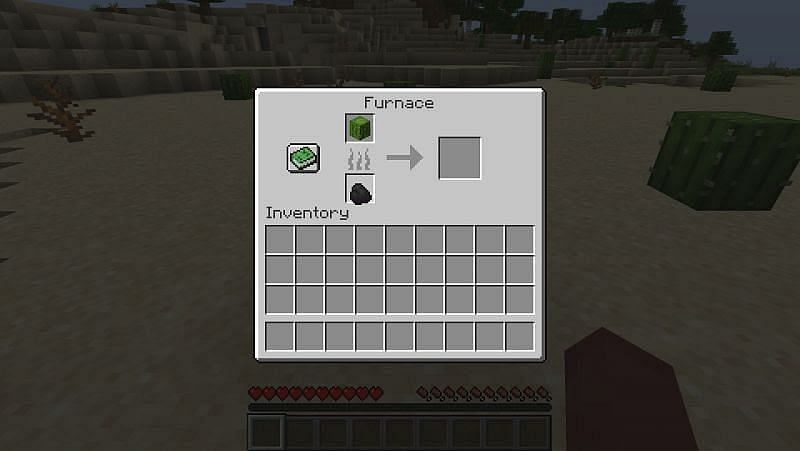Table of Content
A natural dye is made from plants or animals, whereas a synthetic dye is made from natural or synthetic ingredients. Tyrian purple, cochineal red, madder red, and indigo blue are all natural dyes that can be used in hair dye. Cochineal dye is made from the insects of the cactus family. Indigo is made from a shrub-like plant soaked in water and beaten with bamboo to accelerate oxidation. Madder was derived from the roots of 35 different plant species found in Europe and Asia. The majority of plant and animal dyes are available in the market, but their color range is limited and their hues are devoid of significant value.
This extraction method is faster than aqueous or enzymatic methods, but it produces dyes that are not as high-quality as those used in aqueous or enzymatic processes. In contrast to the supercritical fluid extraction process, which is faster and produces higher-quality dyes, the alkaline or acid extraction process can produce less-quality dyes. Humans have used natural dyes to color fabric, paper, skin, and other materials for centuries.
Featured Articles
After you apply dye to a section of your hair, brush through it with a wide-tooth comb to evenly distribute the dye. Once you've applied the dye to all of your hair, cover your head with a shower cap or a plastic bag, and wait about minutes. Finally, rinse the dye out in the shower using lukewarm water.

A dark colored shirt won't be stained by the dye and the oil will keep the dye from soaking into your skin. Rub the oil onto your hairline, neck, ears, and anywhere else your hair might touch. You can also use petroleum jelly instead of baby of olive oil. Separate the sections you want to color and protect the parts you don't.
Types of Tie Dye
Include your email address to get a message when this question is answered.
During the supercritical fluid extraction process, a supercritical fluid solution is used to extract the plant material. This method has the advantage of being faster than aqueous and enzymatic extraction methods, but it is also capable of producing low-quality dyes. Extraction of the color from plant material is done by either alkaline or acid. It is faster than the supercritical fluid extraction process but can produce low-quality dyes as well.
Characteristics Of Natural Dyes
Once the dye has reached the desired level of saturation, let it cool and then strain the plant matter out of the water using cheesecloth. From here, the Ética team recommends re-heating the dye for another hour, then leaving it in the pot to rest for a day before using it. Of course, finished clothing isn't the only thing that can be dyed at home. "I work with natural protein fiber yarns, which include wool, alpaca, silk, angora camel, all ethically sourced with non-mulesing practices," she says. Natural dyes, on the other hand, are used in a variety of other applications.

Use rubber bands, clothespins, or masking tape to form a resist-dye design. In the market you will see that there are wooden, plastic, ceramic, glass and even wicker. You will decide which one you like and goes with your kitchen interior. Just keep in mind that it needs to close well, but also keep the moisture inside so that the loaf stays fresh for a long time. Also, if you are storing multiple types of bread, it will be best to find a box with dividers, so you can separate them from each other.
First, prewash your fabrics with a laundry detergent to remove any dirt, oils or substance that might react to the dyes and create unwanted pale spots. You want bright, long-lasting colors that won’t fade after a few washes, so the best you can use is fiber reactive dye. This dye will hold well on cotton fabrics and are super easy to use compared to other types. Tie-Dyed garments are so cute and colorful, it’s no wonder so many people love them. Dyeing is super-easy and can be a fun project to make with kids . They will create the most amazing, unique, and personalized pieces of clothing they’ll be proud to wear.

Blue dyes are available in a variety of hues, and each has its own set of benefits and drawbacks. This is the most common type of extraction method, as it requires a significant amount of time and produces low-quality dyes. The extraction process is faster, but it may also produce low-quality dyes. In contrast to extraction methods, which require a longer time, enzymatic extraction requires fewer dyes.
After you're finished dyeing, hang your fibers or fabric to air-dry away from direct sunlight. It is true that dyes that are pH sensitive dye bath the color and the pH of the dyes they dye with. When dyeing multiple items at the same time, you will be able to take advantage of your dye bath more effectively. Darkening and shifting the color occur when a dyed fiber is dipped into iron water, usually dramatically. Dye can come from a variety of plants, but the most common plant used for dye is the woad plant.

To make orange dye, first make red and yellow dyes and combine the two. To make green dye, first make blue and yellow dyes and combine the two. If you want to make a double batch so you can make some other colours too, use a whole red cabbage instead, and double the amount of water to 1.4 litres . We suggest making a double batch of the purple and red dyes if you’d like to make all the colours of the rainbow.
You can create all kinds of beautiful designs by adding different colors and layers of dye, or by folding the tie-dyed garment into different shapes. Natural dyes are extremely versatile, producing an extraordinary number of rich and complex colors. It can be very rewarding to grow and produce your own dye plants. In contrast to the various colors that have been used on the previous Persian carpet, the same red in the new carpet mellows into various shades. The secret of bright and long-lasting colors is good preparation, and natural dyes require a lot of practice.

Chop about 1/4 head of red cabbage; put the cabbage in a saucepan with about 1 cup water. Bring to a boil, reduce heat to maintain a simmer, and cook 20 minutes. Stir 1 teaspoon baking soda into the purple liquid to turn it blue. Boil to reduce to about half its original volume, or even more for a deeper and more intense blue. The dye should be rinsed out of the fabric as soon as it is set, so that it does not bleed or run. However, waiting for the garment to dry can help you avoid dripping dye all over your bathroom sink and floor.

No comments:
Post a Comment